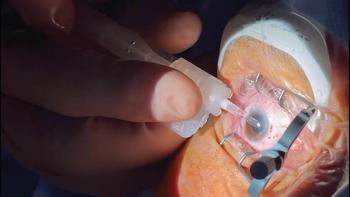
Patients desire spectacle independence at all distances. Early experience with a recently launched IOL suggests that it can satisfy their demands for extended depth of vision.
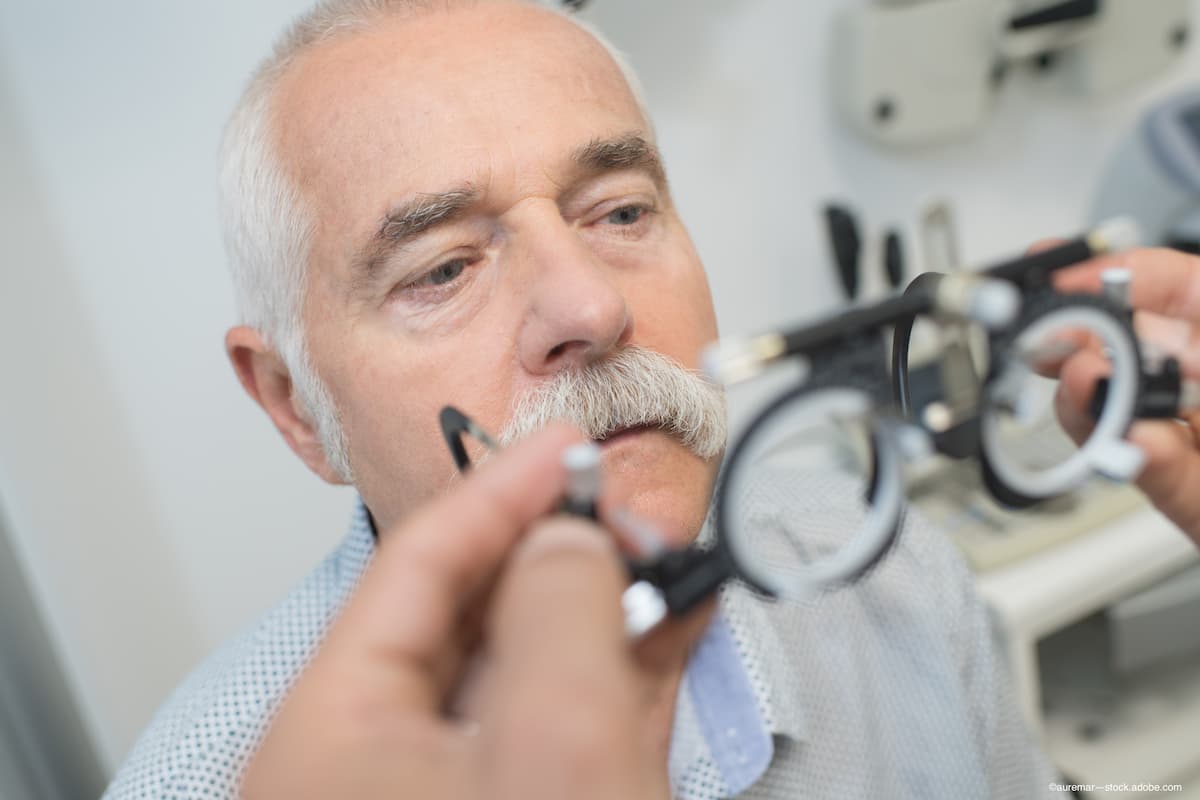
Phase 2 VIVID study presents positive topline data for presbyopia treatment options

Patients desire spectacle independence at all distances. Early experience with a recently launched IOL suggests that it can satisfy their demands for extended depth of vision.

Dr Cathleen McCabe describes how VUITY, the first and only FDA-approved eye drop to treat age-related blurry near vision, provides opportunities for patients looking for spectacle independence.

Dr Timothy G. Murray discusses the 5-year followup data from a large, consecutive case series of combined anterior and posterior segment surgery and the benefits of a single procedure for the recovery of vision and decreased risk.

Allergan developed VUITY, which it noted is the first and only FDA-approved eye drop to treat presbyopia.
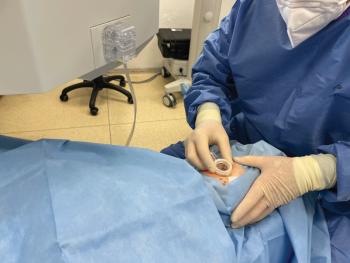
Cataract surgery on very small children presents some unique challenges that can be overcome with the use of a femtosecond laser.

This three-part feature discusses tips for success when getting started with toric IOLs. Part 1 looks at patient selection and optimising biometry; Part 2 examines IOL calculation; and Part 3 looks at the perioperative period and postoperative troubleshooting.

Ophthalmologists gather to discuss artificial intelligence and the issue of false negatives, practice for surgeons and Best of the Best at the European Society of Cataract and Refractive Surgeons congress.
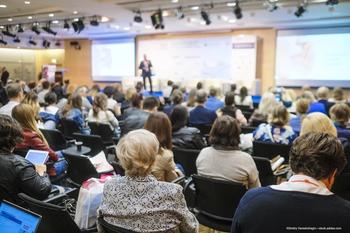
Talk of lens selection and patient satisfaction dominated discussion during the Advanced IOLs Symposium; cost vs. benefit analysis emerges as a theme throughout the congress.

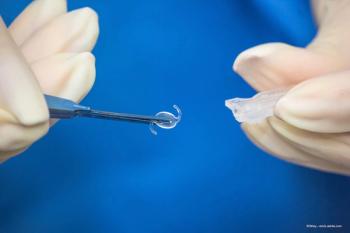
There is no significant difference between IOL replacement and rescue in terms of postoperative visual and surgical outcomes for eyes undergoing secondary IOL scleral fixation.

Evidence from clinical trials and real-world situations demonstrates the effectiveness and convenience of intraocular drugs to control postoperative inflammation.
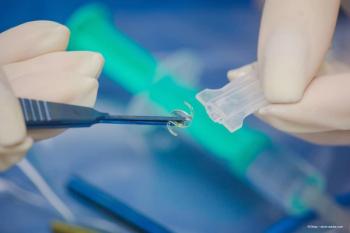
A new IOL combines the advantages of diffractive multifocal and extended-depth-of-focus lenses, providing a natural range of vision.

A recent prospective study analysed the relationship between corneo-scleral geometry and the axial length of the eye to develop preliminary prediction models of the axial length of the eye based on clinical data.

The 39th Congress of the European Society for Cataract and Refractive Surgery (ESCRS) will meet at RAI Congress Centre in Amsterdam, the Netherlands, from 8–11 October 2021. The Congress will also be held virtually, making the chance to participate in some capacity a reality for all.
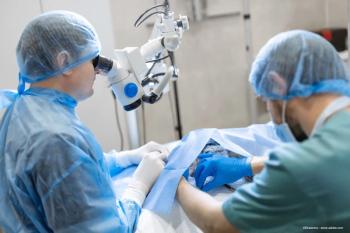
Cataract surgeons and nurses would support having re-usable equipment and supplies to reduce operating theatre waste and carbon footprint.

Dr Ramin Tadayoni discusses the myopia panel at the EURETINA 2021 virtual meeting.

Speaking during the EURETINA 2021 Virtual Congress, Dr Marta Belmonte-Grau discussed the potential risk for posterior capsular rupture during cataract surgery.

For ophthalmologists, finding the ideal solution for presbyopia has long been the ‘holy grail’ of the field.
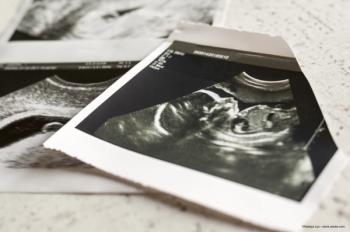
A new study reveals that children of mothers with diabetes during pregnancy have an increased risk of eye problems.

OCULUS has combined efforts with International Myopia Institute to raise awareness of myopia and drive scientific advancements to prevent sight-threatening complications and blindness, which may arise as a result.
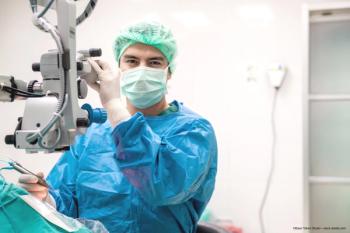
Retrospective review highlights the sustained efficacy of combination procedure.
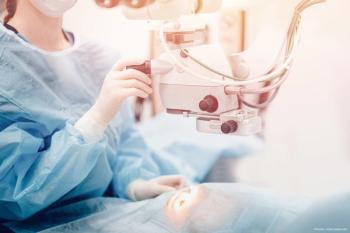
A recent retrospective analysis of LASIK and PRK patients helped to provide insights into patient satisfaction postoperatively. Such analyses might lead to improved patient outcomes.

Surgeons now have an increasing range of technologies for modulating phaco power to achieve the best results in cataract surgery.

Orthokeratology and multifocal contact lenses provide clinically meaningful reductions in progression of myopia, research shows, but some questions, such as the ideal treatment duration, remain unanswered.

A one-piece, hydrophobic, monofocal IOL uses the small-aperture concept to provide a good alternative to the toric IOLs currently available.